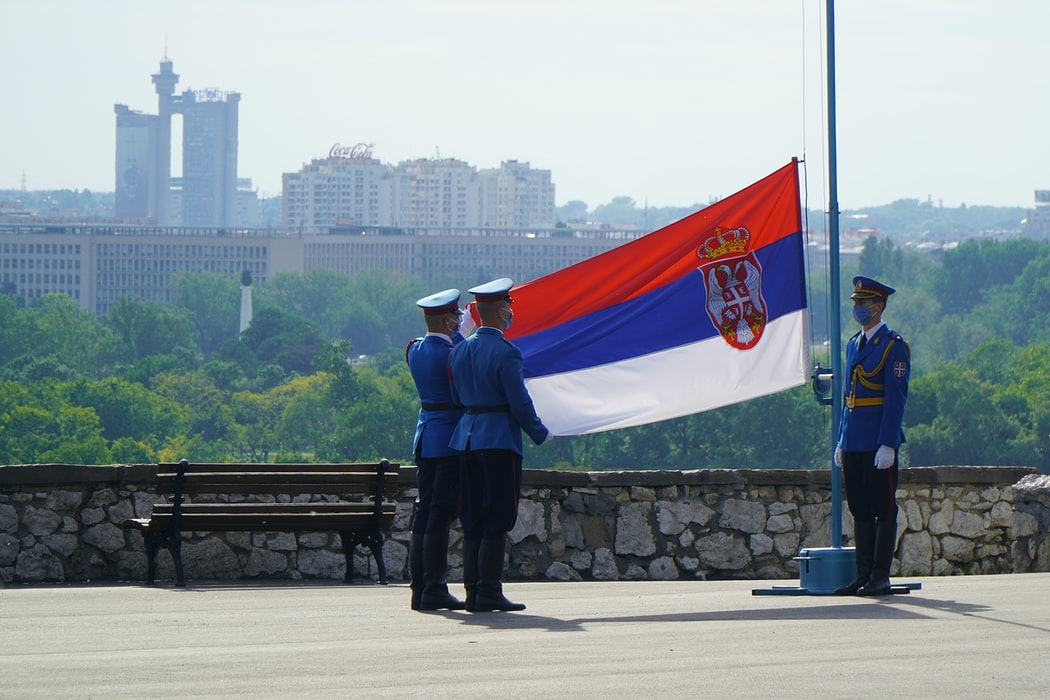
Work permits, visas, and residence, on the other hand, are areas where you cannot afford to cut shortcuts. There are severe border controls, so don’t risk getting fined, sanctioned, or even having your employees deported for not knowing the regulations.
Types of work visas in Serbia
Foreign nationals can obtain many visas from the Serbian government. Visas are available in several formats, such as:
- Type A visa for airport transit
- Type B visa for transit
- Type C visa for a short stay
- Type D visa for temporary residence
A Type C visa may be beneficial to some of your employees. Individuals who intend to visit Serbia for business purposes, such as conferences or training workshops, may be given this short-stay visa. The visa is valid for one, two, or numerous entries into Serbia. Visitors holding a Type C visa are only allowed to stay in Serbia for 90 days.
Employees will need to get a temporary residence visa as well as a work permit to live and work in Serbia for an extended time.
Requirements to obtain Serbia work visas
The following are the general prerequisites for obtaining a visa to enter Serbia:
- A properly filled-out visa application form
- A passport that is valid for at least 90 days after the visa is issued
- A letter of invitation from a possible Serbian employer
- A reproduction of your health insurance card
- A photo for your passport
- Proof of sufficient assets or income to allow you to stay in Serbia
- An itinerary or a return ticket to leave Serbia, depending on the length of the applicant’s stay
- Evidence of visa fee payment
- All official documentation must be in Serbian
Application Process
The procedures for acquiring a work permit and a residence visa in Serbia are intertwined. Employers are responsible for acquiring work permits. The steps are as follows:
Labour market test
Before hiring a foreign worker, the company must request a labor market test from the National Employment Service (NES) to guarantee that no qualified Serbian nationals are available to fill the post. The NES will execute the test and provide the employer with a report within a month.
The employer should assess the candidate’s qualifications if the NES discovers a qualified candidate for the post. The employer is not required to recruit any recommended individuals, but if they choose to hire a foreign applicant instead, they must explain the NES.
Work permit
Once the necessity for a foreign worker has been determined, the company can apply for a work visa through its local employment affairs agency. A work permit can take anywhere from one to two weeks to process.
The Serbian Ministry of Interior Affairs must then issue a resident permit. Applications for temporary residence visas should be sent to the Serbian embassy or consulate in the applicant’s current country of residence. The applicant will be needed to submit the documentation indicated in the preceding section. Before applying for a temporary visa for employment purposes, you must have a job offer.
The employee may fly to Serbia and begin working once the temporary residence visa and work permit have both been approved.
Other important considerations
Keep in mind that, while Serbia is a European country, it is not a member of the European Union at the moment (EU). This means that citizens of EU member states, like any other foreign national, will need a permit to work in Serbia. If Serbia joins the EU, this condition will be modified.
You should also be aware that any payments involved with the issue of a work permit are the responsibility of the employer. Foreign employees must also be registered for social security by the business.

